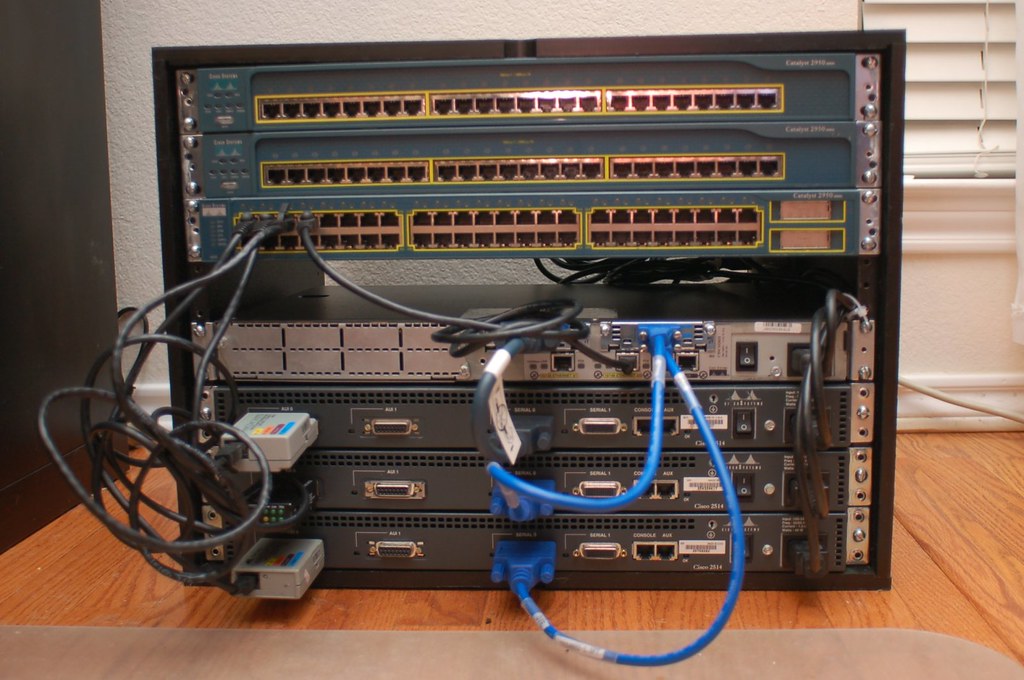5 Essential Things to Know Before Building Your Homelab
In my previous post, Homelab For Begineers, I provided a general overview of what a Homelab is, why you might want one, and a brief discussion of its architecture and components. After several weeks of hard work, patience, and even a few tears, I'm excited to announce that my own Homelab is finally up and running.


Rather than diving into the specifics of how I assembled it, I believe it's more beneficial to share a list of key insights that I wish I had known before embarking on this journey.
And if you're curious to see how I set up my own Homelab, you can find a detailed guide at DataHub.local.
1. Plan, Measure, Implement
In the realm of Homelab building, the mantra of "plan, measure, implement" cannot be overstated. While your design may appear flawless in your mind's eye, the reality of physical space and component compatibility can present unforeseen challenges.
Some advice includes:
- Design Carefully: Begin by sketching out an architecture diagram and listing all necessary steps, components, and tools required for your project. Don't forget to include even the smallest details, such as screws and cables.
- Measure Everything: Precision is key when it comes to constructing custom cabinets or arranging equipment within your Homelab. Measure distances between holes and components accurately, and visually assess how devices fit together. Account for the space occupied by cables and connectors, ensuring proper ventilation to prevent overheating.
2. Don't Be Too Perfectionist
It's easy to fall into the trap of perfectionism. However, it's essential to remember that functionality should always take precedence over aesthetics.
Focus on achieving your primary objectives, such as ventilation, accesibility, and future upgradability, rather than obsessing over minor imperfections or cosmetic flaws. Remember that the true value of your Homelab lies in its ability to support your learning, experimentation, and personal projects, regardless of its appearance.
By prioritizing functionality and adopting a more forgiving attitude toward imperfections, you can alleviate stress, maintain momentum, and ultimately enjoy a more fulfilling Homelab experience.
3. Without 3D Printing, Adaptation and Assembly Can Be Challenging
In the world of Homelab construction, the ability to adapt and customize components to fit your specific needs is invaluable. However, without access to a 3D printer, achieving this level of customization can be challenging.
When faced with non-standard requirements or unique configurations, the lack of 3D printing capabilities may limit your options for adapting components or creating custom enclosures. This can result in a more cumbersome assembly process, as you may need to rely on makeshift solutions or compromise on your original design vision.
To overcome this limitation, consider exploring alternative methods of modification, such as using off-the-shelf enclosures and mounting hardware creatively. Additionally, leverage online communities and forums to seek advice and share ideas with fellow enthusiasts who may have encountered similar challenges.
4. Have a Well-Stocked Warehouse, Neighbor, or Familiar Nearby
No matter how meticulously you plan your project, unexpected needs and challenges are bound to arise. Having access to a well-stocked warehouse, a helpful neighbor with a diverse tool collection, or a familiar nearby can be a lifesaver in such situations.
From realizing you're missing a critical component to encountering unforeseen compatibility issues, having a nearby resource can save you time, money, and frustration. Whether it's borrowing a specialized tool, sourcing a last-minute replacement part, or simply seeking advice from a knowledgeable neighbor, having support nearby can make all the difference in successfully completing your project.
5. Customs exists
A significant consideration for Homelab enthusiasts, especially those sourcing equipment internationally, is the impact of customs regulations.
As of July 1, 2021, a new EU law has altered the landscape of importing goods from non-European Union countries, particularly from China. This legislation aims to level the playing field between Chinese and EU suppliers, but it introduces complexities for consumers.
Key changes include:
- Goods under 150 euros: Consumers are subject to additional VAT charges, typically managed by the seller.
- Goods over 150 euros: In addition to VAT, consumers must pay additional duties and fees, which can be time-consuming and costly.
Navigating customs can be a daunting task, as I learned firsthand. The process often involves learning the intricacies of customs procedures and enduring unexpected delays and expenses. In my case, I encountered a three-week delay and unexpected fees for customs services and package handling.
For those residing in Spain, a helpful resource on customs regulations can be found in this article, providing valuable insights into navigating the complexities of importing goods.
Lastly, I hope these tips come in handy for your future Homelab adventures. Remember, it's all about having fun and getting things done, even if it's not perfect. So dive in, get creative, and enjoy the ride! Here's to an awesome Homelab project ahead. Cheers!

